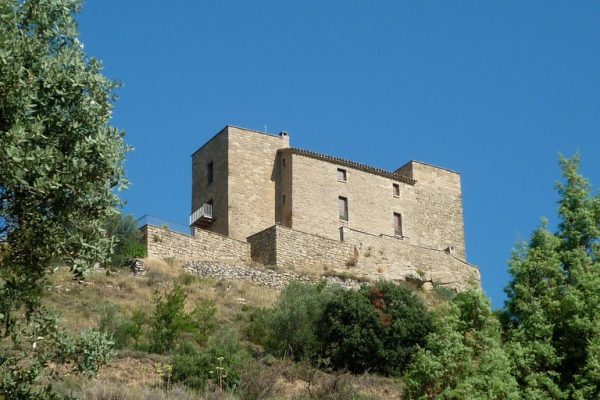Solsonès
ソルソネス
Discover Lladurs and the Solsonés region, the «region of a thousand farmhouses». Lladurs has a rural character, like the entire region in the midst of an enviable natural environment, between the Ribera Salada valley and the foothills of the Pre-Pyrenees. You will enjoy a unique peace and tranquility. The rural and natural environment of the municipality will make you have your moment of disconnection and calm.

Solsona, capital of the region
Solsona is the capital of Solsonès, in the northwest of Barcelona. It is bordered to the north by Alt Urgell and the Pre-Pyrenees, by the natural barrier of Port del Compte and, to the south, by the Central Depression.
It is an important commercial centre and has a rich architectural and artistic heritage. It offers the tranquillity of a small but dynamic town.
Its old town centre is the main place of interest in the municipality. The cathedral of Santa Maria, the most important architectural reference of the region, stands out.
It has an outstanding festive, cultural and traditional offer, as it is the city with the most giants and popular bestiary in Catalonia.
More information: https://www.ajsolsona.cat/
Solsona, capital of the region
Solsona is the capital of Solsonès, in the northwest of Barcelona. It is bordered to the north by Alt Urgell and the Pre-Pyrenees, by the natural barrier of Port del Compte and, to the south, by the Central Depression.
It is an important commercial centre and has a rich architectural and artistic heritage. It offers the tranquillity of a small but dynamic town.
Its old town centre is the main place of interest in the municipality. The cathedral of Santa Maria, the most important architectural reference of the region, stands out.
It has an outstanding festive, cultural and traditional offer, as it is the city with the most giants and popular bestiary in Catalonia.
More information: https://www.ajsolsona.cat/
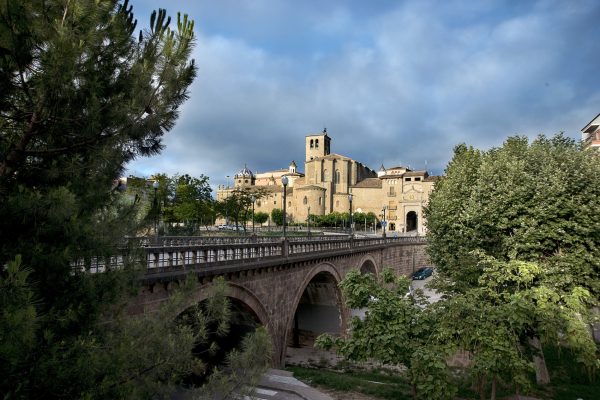

Sant Llorenç de Morunys
The municipality of Sant Llorenç de Morunys is located at the foot of the Serra de Port del Compte, on the right side of the river Cardener, surrounded mostly by the municipality of Guixers, except in the north, which borders La Coma and La Pedra.
It is a tourist town of great scenic beauty with important historical and artistic monuments.
It conserves part of the medieval structure, the Romanesque church and the cloister.
The Romanesque church preserves some works such as the fragment of 14th century mural painting, the Gothic altarpiece, the remains of the Baroque high altar, the chapel and Churrigueresque altar of the Mare de Déu dels Colls and the 15th century altarpiece of Sant Miquel and Sant Joan.
Further information: https://santllorens.ddl.net/
Sant Llorenç de Morunys
The municipality of Sant Llorenç de Morunys is located at the foot of the Serra de Port del Compte, on the right side of the river Cardener, surrounded mostly by the municipality of Guixers, except in the north, which borders La Coma and La Pedra.
It is a tourist town of great scenic beauty with important historical and artistic monuments.
It conserves part of the medieval structure, the Romanesque church and the cloister.
The Romanesque church preserves some works such as the fragment of 14th century mural painting, the Gothic altarpiece, the remains of the Baroque high altar, the chapel and Churrigueresque altar of the Mare de Déu dels Colls and the 15th century altarpiece of Sant Miquel and Sant Joan.
Further information: https://santllorens.ddl.net/
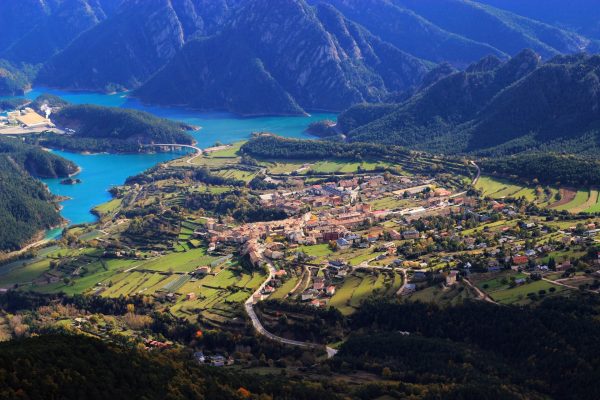

Pinós
The municipality of Pinós is located in the geographical centre of Catalonia. Although it belongs to the Solsonès region, it is also part of Alta Segarra. Pinós is a remarkable geographical reference of the deepest and most traditional Catalonia.
Its springs and streams give life to a large number of farmhouses grouped into parishes. You can find Matamargó and Vallmanya, in the direction of Cardona and Súria; Pinós itself, in front of Calaf; Ardèvol, in the direction of Torà; and Sant Just de Ardèvol, towards Solsona.
Don’t miss the house museum Las Casas de Matamargó.
Its main activity is agriculture and livestock farming.

Olius
Discover the monumental complex of the municipality of Olius. Situated in the centre of the Solsonès region, next to the river Cardener, it is basically an agricultural and livestock farming territory. There are four parishes within the municipality: Sant Esteve d’Olius, Sant Just-Joval, Brics and Castellvell.
Along the course of the river Cardener you can find important old mills, such as Ratavilla, Cups, Rodamilans and Pont mill. There is also a forge.
A short distance from the church, you will find the Olius cemetery, which is far from the typical layout of other cemeteries. It stands out for the work of the architect Bernardí Martorell with modernist influence of Gaudí.
Further information: https://www.olius.cat/

Navès
The municipality of Navès is located in the eastern part of the county, on the border with Berguedà and Bages. It is part of the old Vall de Lord. Livestock farming, agriculture and rural tourism are predominant in the municipality. The territory is the largest in Solsonès and is largely forested.
It is made up of the parishes of Navès, Linya, Besora, Peà, les Cases de Posada, Busa, la Selva, la Vall d’Ora, Tentellatge and Pegueroles. The parish church is dedicated to Santa Margarida and its ancient castle dates from the 10th century.
Further information: https://www.naves.cat/
Pinós
The municipality of Pinós is located in the geographical centre of Catalonia. Although it belongs to the Solsonès region, it is also part of Alta Segarra. Pinós is a remarkable geographical reference of the deepest and most traditional Catalonia.
Its springs and streams give life to a large number of farmhouses grouped into parishes. You can find Matamargó and Vallmanya, in the direction of Cardona and Súria; Pinós itself, in front of Calaf; Ardèvol, in the direction of Torà; and Sant Just de Ardèvol, towards Solsona.
Don’t miss the house museum Las Casas de Matamargó.
Its main activity is agriculture and livestock farming.
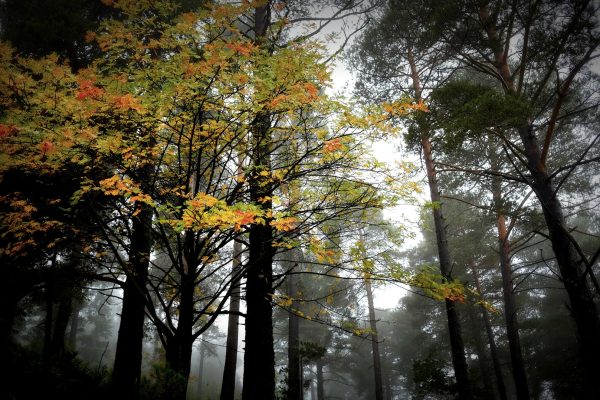
Olius
Discover the monumental complex of the municipality of Olius. Situated in the centre of the Solsonès region, next to the river Cardener, it is basically an agricultural and livestock farming territory. There are four parishes within the municipality: Sant Esteve d’Olius, Sant Just-Joval, Brics and Castellvell.
Along the course of the river Cardener you can find important old mills, such as Ratavilla, Cups, Rodamilans and Pont mill. There is also a forge.
A short distance from the church, you will find the Olius cemetery, which is far from the typical layout of other cemeteries. It stands out for the work of the architect Bernardí Martorell with modernist influence of Gaudí.
Further information: https://www.olius.cat/
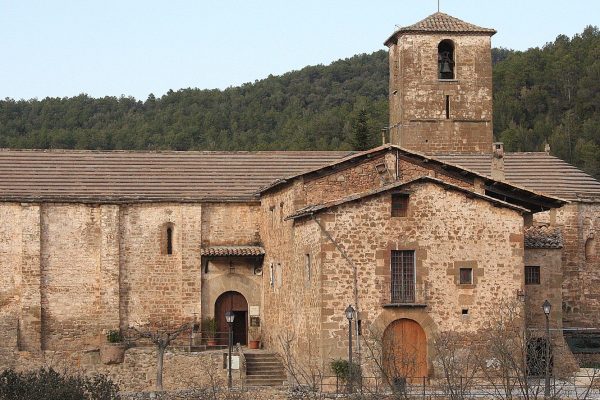
Navès
The municipality of Navès is located in the eastern part of the county, on the border with Berguedà and Bages. It is part of the old Vall de Lord. Livestock farming, agriculture and rural tourism are predominant in the municipality. The territory is the largest in Solsonès and is largely forested.
It is made up of the parishes of Navès, Linya, Besora, Peà, les Cases de Posada, Busa, la Selva, la Vall d’Ora, Tentellatge and Pegueroles. The parish church is dedicated to Santa Margarida and its ancient castle dates from the 10th century.
Further information: https://www.naves.cat/
